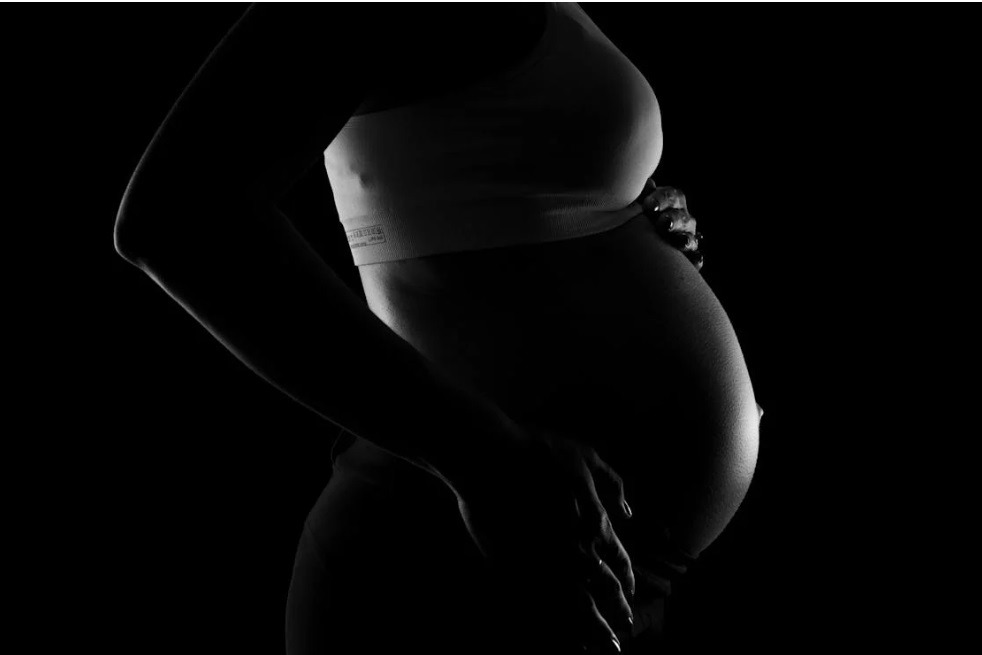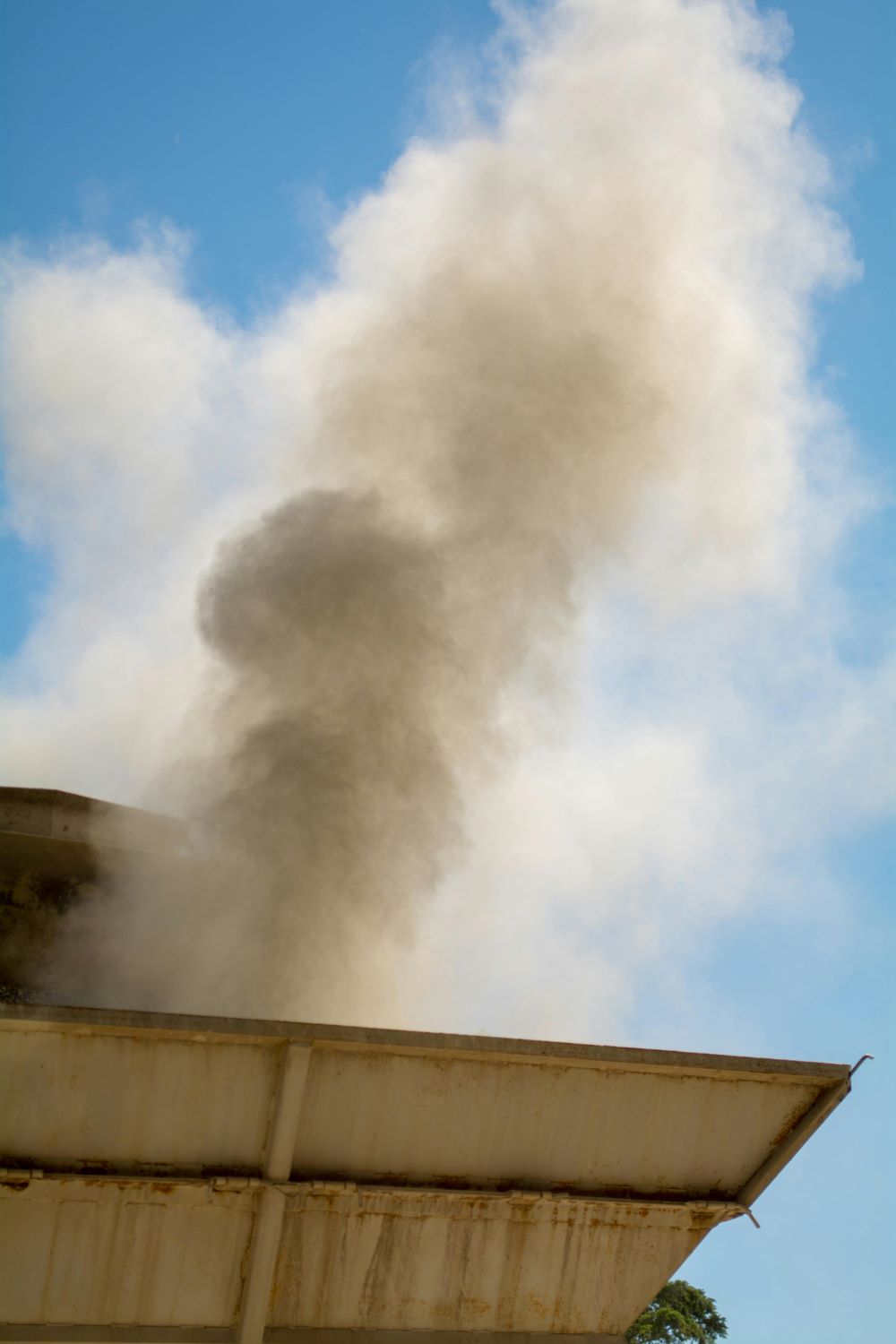Often the result of prenatal complications, researchers find CP can develop due to a mother’s exposure to harmful particles.
Cerebral Palsy (CP) is a group of permanent movement disorders first appear in an individual’s childhood. The condition greatly impacts and restricts an individual’s physical health, affecting muscle tone, movement, and motor skills, as well as mental health, leading to psychological challenges like depression and anxiety. Those with CP often feel isolated, alone, and misunderstood. Moreover, caregiver stress has a profound impact on their emotional well-being.
Prenatal issues generally led to the development of CP, including mothers experiencing infections while pregnant, genetic mutations, and fetal stroke, which disrupt blood supply to the brain. Birth complications like asphyxia, premature birth, and low birth weight also increase the risk. Postnatal complications, although rare, can also contribute, including traumatic brain injury, severe jaundice, and infections such as meningitis or encephalitis.
A recent study published in JAMA Network Open has also found that “prenatal exposure to fine particulate matter” during pregnancy correlated with a 12% higher risk of the developing babies being born with CP with the risk being higher for boys than girls. The findings suggest that air pollutants can cross the placenta, exposing fetuses as they develop.

“Twelve percent doesn’t sound like a huge number, but in fact… these are levels that are population levels. They’re not extreme levels of people that are working in factories, or a high-risk group,” said study co-author Carmen Messerlian, PhD, of the Harvard T.H. Chan School of Public Health in Boston. “This is the general population. And so, [these are] levels of air pollution that you or I could be exposed to, our sisters or our friends could be exposed to, during their pregnancies.”
Another recent study published in 2023 in JAMA Network Open found that babies whose mothers conceived in the winter and spring had a higher chance of having CP compared with the summer or fall, further supporting that air quality plays a factor in its development.
“Linking an environmental exposure to CP is not the typical way of thinking about disease onset,” said Robert Akins, PhD, of Nemours Children’s Health in Delaware, who was not involved in either study. “And although the 1.12 times higher risk estimated by their analysis may seem modest to some, I think the fact that a distinct elevation was found at all may turn out to be really important.”
It’s not just CP itself that limits the functioning of many living with this disease. A significant portion of individuals with CP also have co-occurring conditions that can further impact both their physical and mental health, including intellectual disabilities, epilepsy, and sensory impairment, causing them to have to undergo complex treatment to manage physical, mental, and emotional stress and maintain overall health and well-being.
Properly treating CP requires a holistic approach that includes early interventions, supportive caregiver dynamics and living situations, access to well-rounded healthcare, and community inclusion. Cerebral Palsy Guide, an organization dedicated to providing support for those affected by CP, birth injuries, and other developmental disabilities, recently put together a comprehensive guide to help support those affected by cerebral palsy and other developmental disabilities as well as their families. The new guide outlines several different types of therapies that can assist in the treatment of CP and other related conditions.
Sources:
Prenatal Exposure to Ambient Air Pollution and Cerebral Palsy
Bad Air Quality in Pregnancy Hikes Cerebral Palsy Risk in Offspring


Join the conversation!